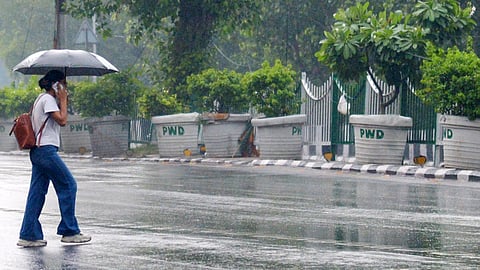

NEW DELHI: The national capital’s pilot cloud seeding project to curb air pollution was deferred to the end of August due to persistent monsoon rains.
Environment Minister Manjinder Singh Sirsa announced the revised schedule at a press conference on Tuesday, citing weather conditions that are currently unfavourable for the operation. Initially slated to take place between July 4 and July 11, the pilot project was delayed after consultations with meteorological experts who advised that the current monsoon spell could hamper the effectiveness of artificial rainfall.
“The ongoing rains are not ideal for seeding and may not yield meaningful results,” Sirsa said. The project is now expected to be carried out between August 30 and September 10, a period when the monsoon is predicted to recede, providing better cloud formations suitable for the operation.
The trial will be conducted by the Department of Aerospace Engineering at IIT Kanpur, with support from the Indian Institute of Tropical Meteorology (IITM), Pune, and the IMD.
A Cessna 206-H aircraft (VT-IIT) will be deployed to spray a mix of silver iodide, iodised salt, and rock salt into moisture-bearing clouds in select non-sensitive zones of northwest and outer Delhi.
This scientifically monitored initiative marks the city’s first formal attempt at using cloud seeding as an anti-pollution measure. It is part of a `3.21 crore budget sanctioned by the Delhi Cabinet in May 2025 for five such sorties. The aircraft will avoid restricted airspace and operate under strict safety and environmental protocols, with all necessary approvals, including aerial work clearance from the Directorate General of Civil Aviation (DGCA), already in place.
Real-time data from the IMD will guide flight timings, while continuous air quality monitoring will measure changes in PM2.5 and PM10 levels.
No photographers will be permitted during the operation to ensure adherence to standard operating procedures.